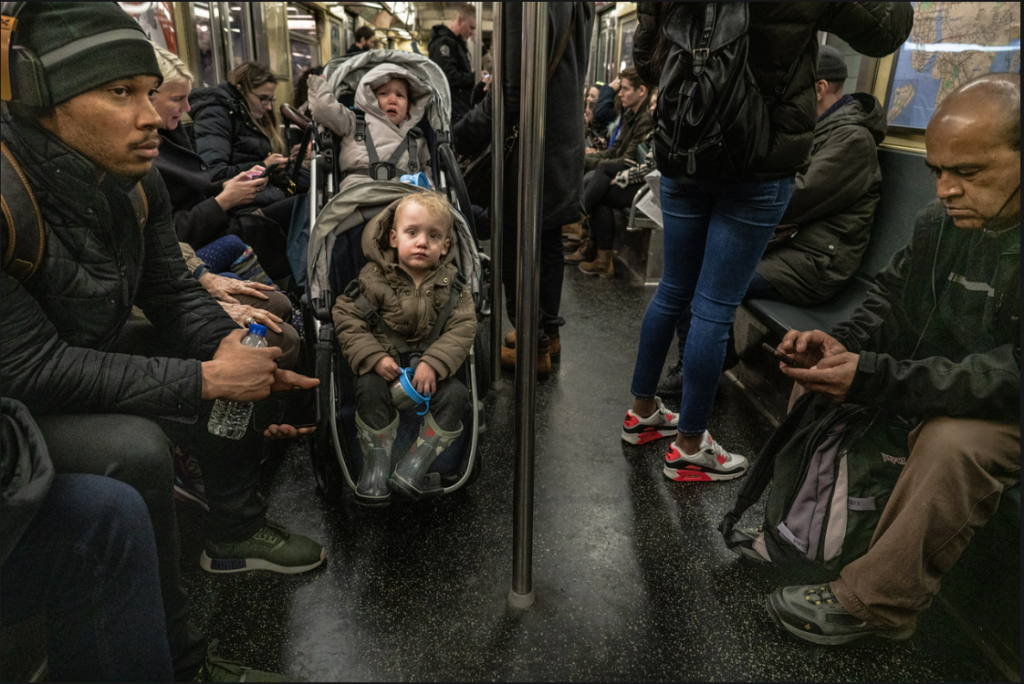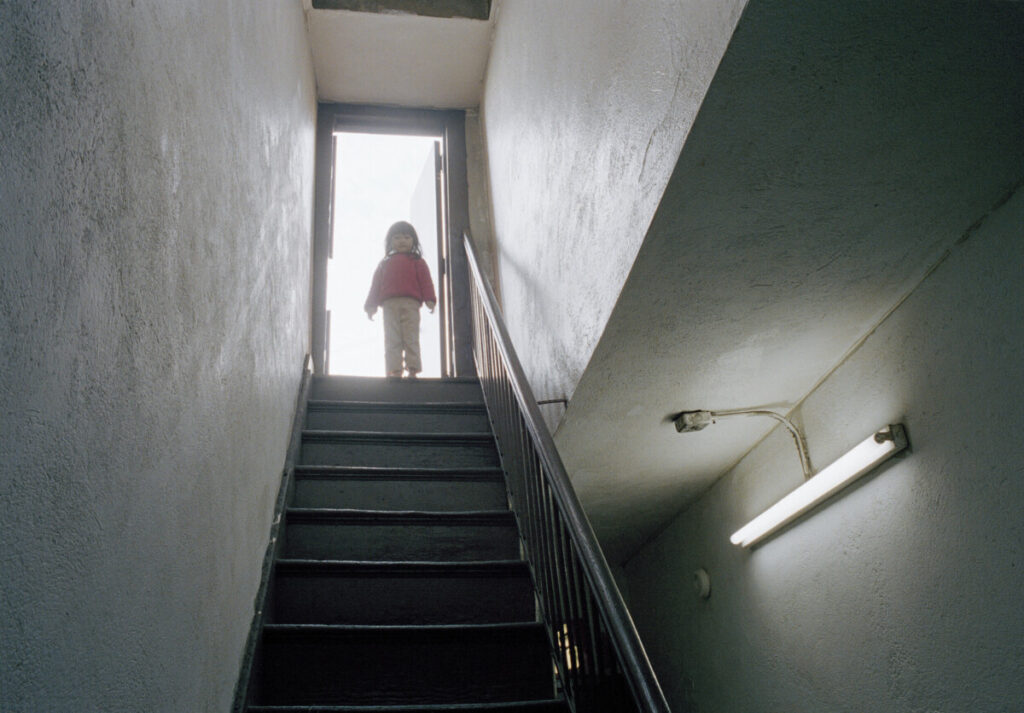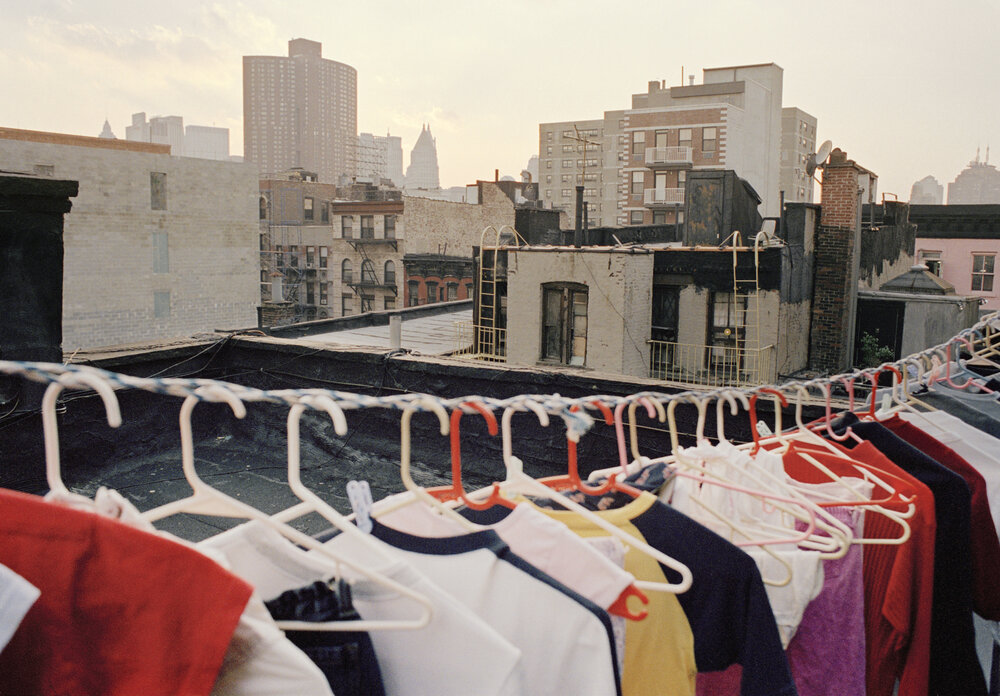
This photograph has no particular name to it but It was taken by the photographer named Suzanna Stein. In this photograph you can see that this is taking place in a New York City subway. Thousands of new yorkers take the subway everyday to get to where they need to be, that could be work, hanging out with friends in the city , or even special events that are taking place around the state. In this photo you can see babies crying/making noise, a few people on their phone, and some people just listening to music. I believe the purpose of this photo is just showing how day to day life is for a new yorker and what we do in our travels to work or to anywhere we go to around the 5 boroughs of New York. The mood in this picture is people looking tired and looking ready to head home after a long day of work .Seems like the people in the picture don’t really want to be bothered by anyone as they try to block out the noise with headphones in. The picture also gives a very dull and depressing mood because of its colors all the colors are very dead and don’t really pop like the expressions on peoples faces. I believe that in this photo the 2 formal elements that they are using are Leading Lines, Figure To Ground. The front of this train seems like the beginning of the leading line as you can see it leads out into the back of the train. The figure to ground really pops up in the front of the image as the back starts to blur a bit when you look towards it. The front of the image is where the photographer wants you to look the most.








Recent Comments